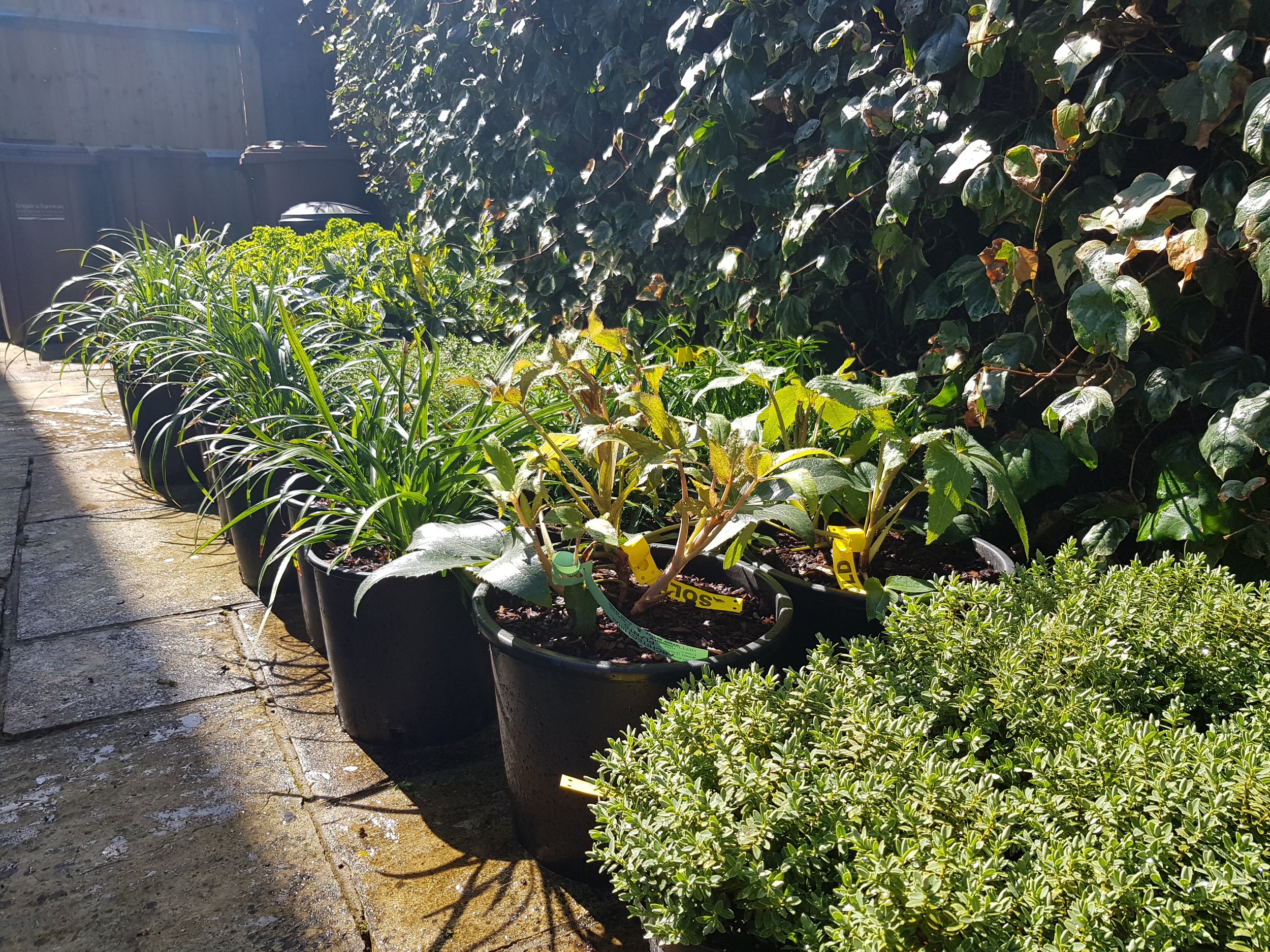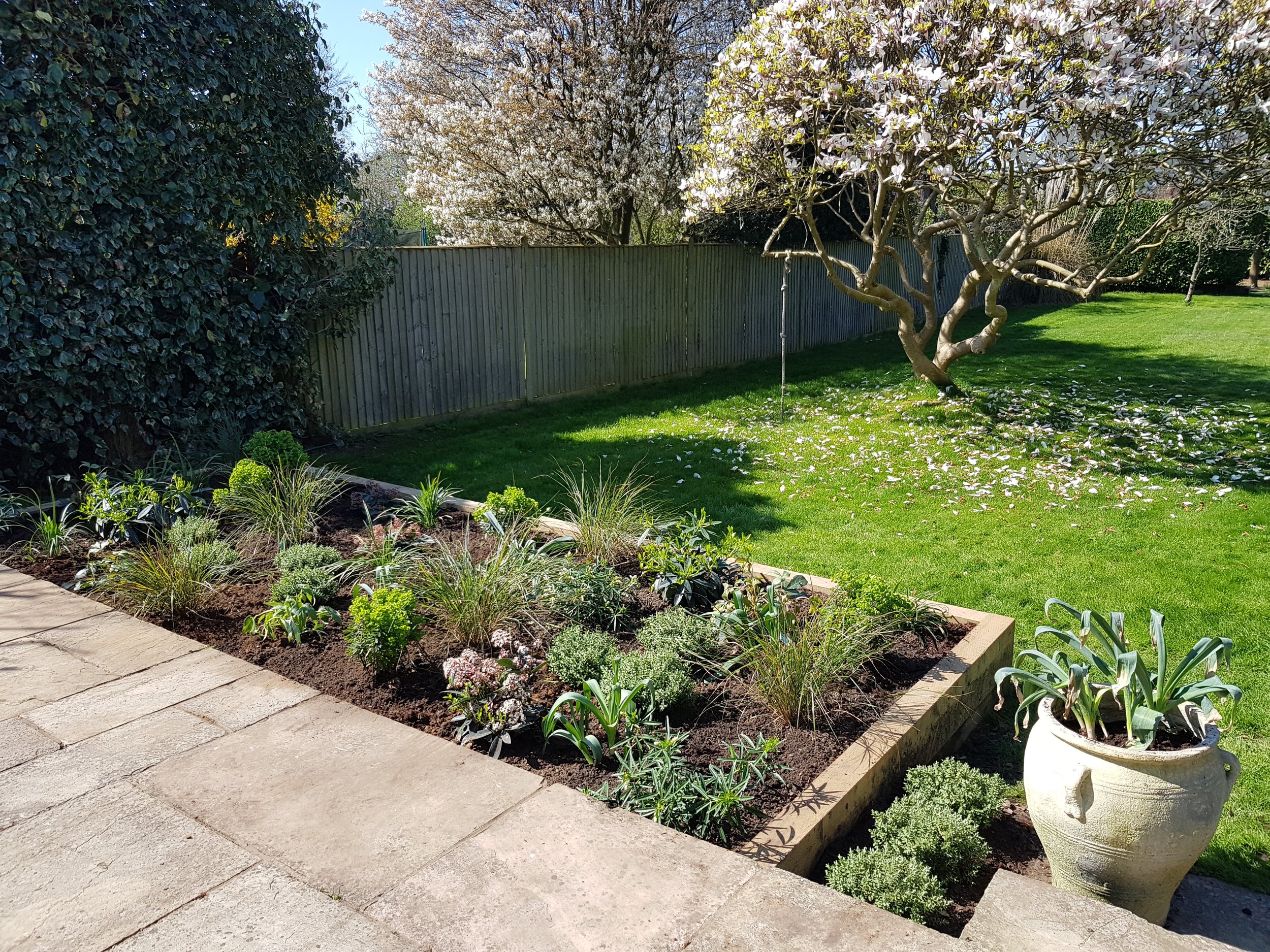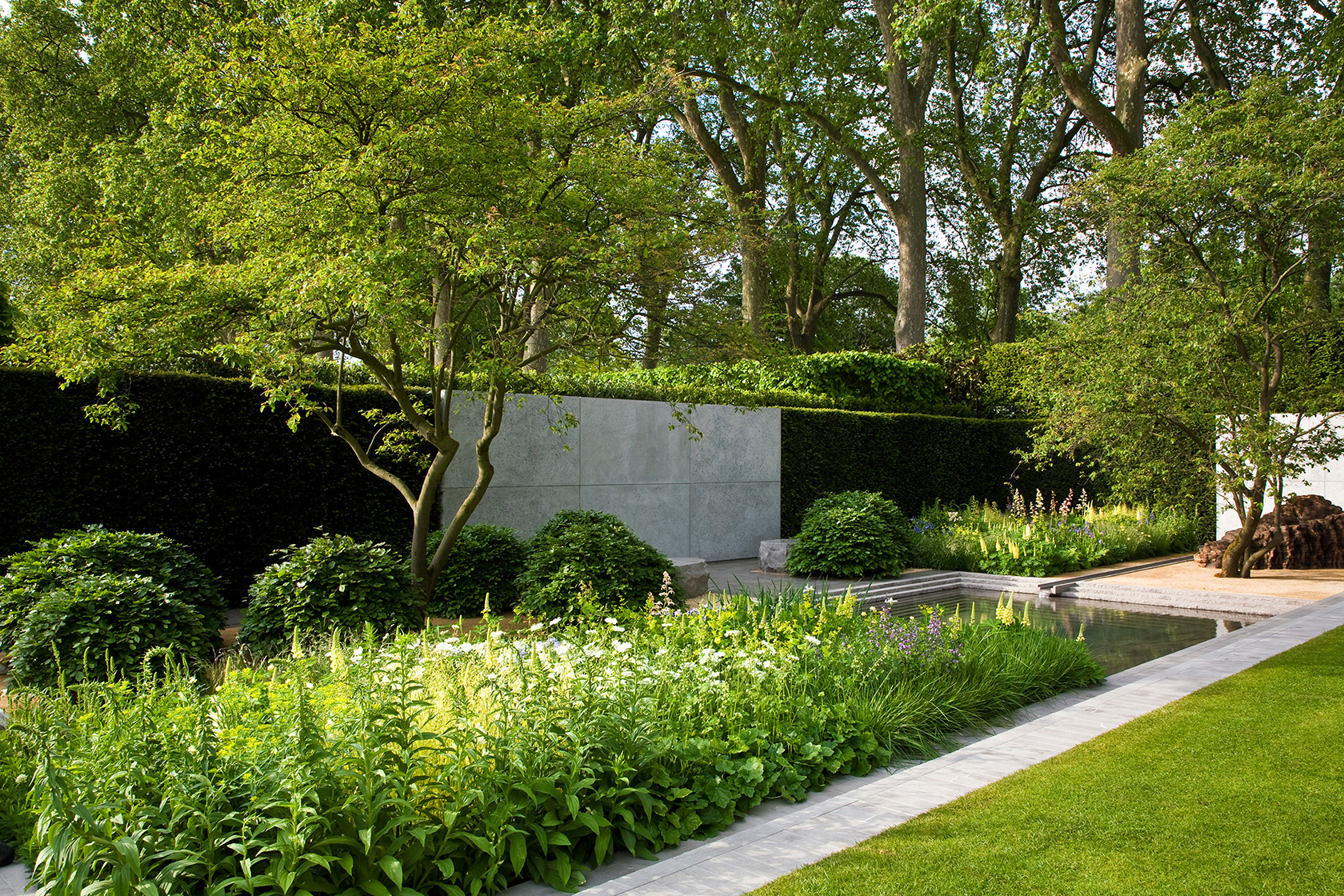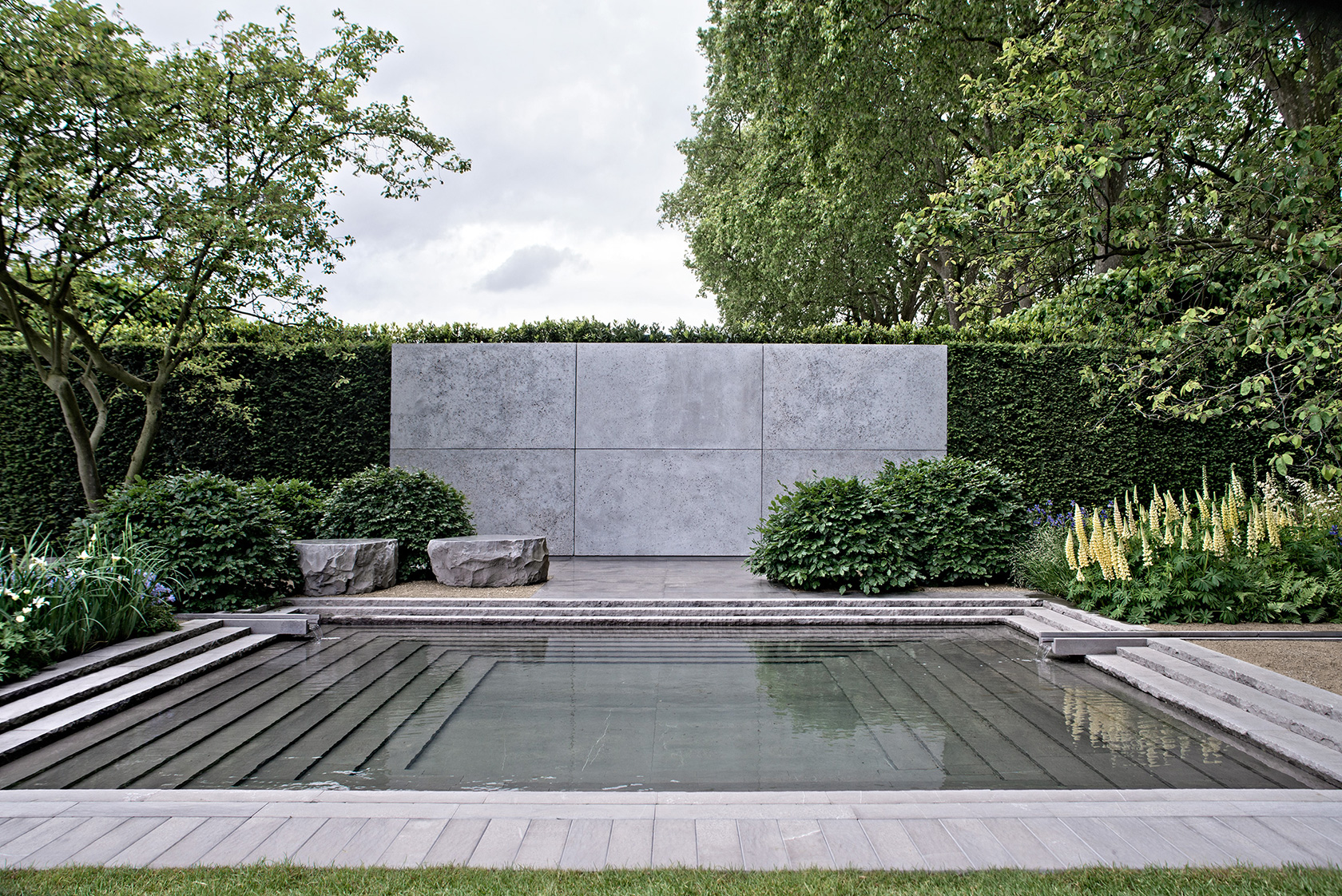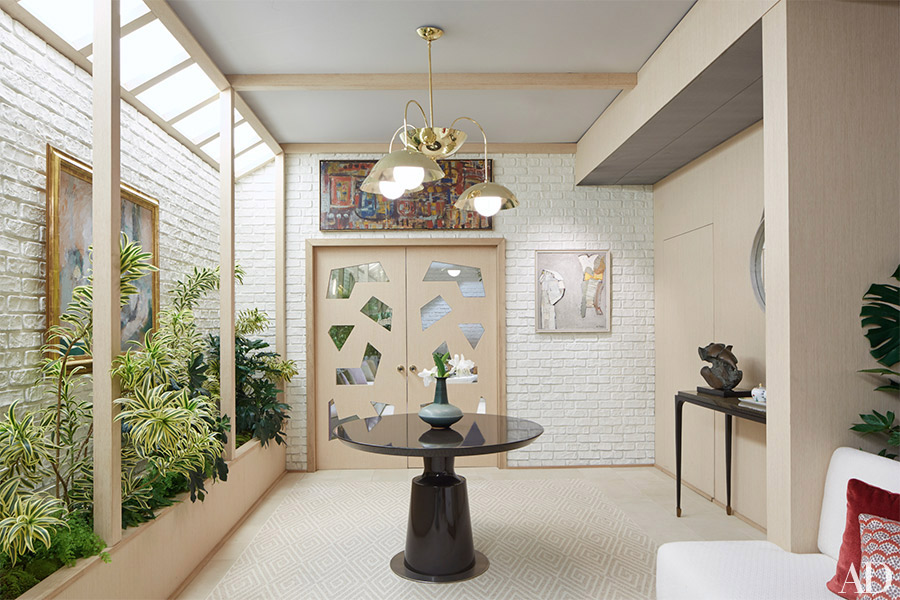I've just finished reading a book by the Italian master of garden and landscape design Luciano Guibbilei called 'The Art of Making Gardens'. I say reading, there was a lot of gazing at beautiful photography as well. It was given to me by a friend and the timing couldn't have been better.
The book centres on Luciano's time working in the gardens at Great Dixter alongside Head Gardener Fergus Garrett and students James Horner and Rachael Dodd. It's an experience he describes as enriching his work as a designer despite him already having a solid 20 years in the industry and two Chelsea gold medals.
Luciano's international work reflects his native Italian (he was born in Siena) tradition of clipped hedges, pleached trees and expanses of lawn which have a more sculptural, formal aesthetic and work on the play of light and shadow. So how did he end up deep in an English flower border planting out dahlias?
A need to experiment and push himself. Over the past few years he has made regular pilgrimages from London to East Sussex to work a patch of bare soil in the vegetable garden and in doing so has embraced colour and flowers for the first time. His descriptions of the place, of the people and of his journeys down from the city are beautiful.
"My time at Great Dixter has quite literally grounded me. I find myself going there several times a month, so that I can at last experience the passing of the seasons and the feeling of being in a working garden. My work there has also improved and enriched my practice in ways I never imagined. It has led me towards a deeper understanding of plants and the work that goes into creating and maintaining a garden".
It really resonated with me as since January I have been making weekly visits to work in the garden at Gravetye Manor. The importance of getting outside and away from the computer, to actually be in nature and observe how plants behave through the seasons is the key to learning about succession planting (when one follows another and you can keep a border looking good for several months). But it's also about the people who, with a complete lack of ego, are all working together towards a common goal and exchanging ideas along the way. Like him, I have found it extremely grounding (although unlike him I am only at the beginning of my career).
Below, he describes returning to Dixter in the spring:
"It was love at first sight. The border was a sea of soft bronze fennel foliage and forget-me-nots, dotted with the staggeringly beautiful tulip 'La Belle Epoque'... Combined with the other flowers, the effect was of a finely woven gauze, making the border seem vast, almost never-ending. Having last seen the space as bare earth, almost devoid of colour, I now found in painterly, full of movement and the beginning of a new world.
I still feel the same anticipation on each visit - curious to know what has changed, which plants have come up, how the compositions are working - but I feel it most strongly in spring, when the change between visits is so pronounced".
I like the way he brings a gentle, romantic sensibility to the labour of gardening which, let's be honest, involves rather more in the way of dirt under the nails, inclement weather and a lot of heavy lifting.


